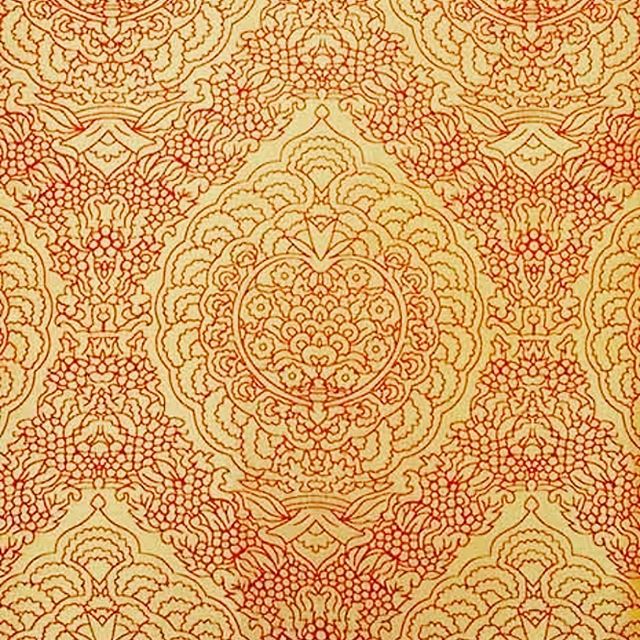getting there
I have finally made my way into my written references again after taking a short break. I have a few Really Big ideas about some things. So I will continue to get the timeline sorted, because that then helps figure out how much trust to put in Weiditz’s books (hint, lots, really lots even if there is some fudging and errors.)
Meanwhile I have started putting the lining into my Maria of Cleves gown because it’s so gorgeous and because it’s basically everything in my pattern book is going to be a really good example of what it is about 16thC tailoring that has my focus.
Ultimately it’s pretty much the start of large scale production. I mean the dowry of marie Leonore includes fully cut robes, partially cut robes, and fabric for robes.
To me this is absolutely evidence of what I suspected which is that by this stage garments were not as tailor made as we think. All the Spanish manuals give specific layouts and most extant garments have uneven seam allowances in specific places. And these pretty much are the same right up until the 1920s or so when S’ports” clothing became our standard. No fit, all on a straight front line.
Before then you see curved fronts, often with a facing carefully shaped and then sides where the front and back seam allowances do not match.
So what Marie Leonore’s dowry is an outcome of tailors using measurements to get fabric cut to approximate size, sent to embroiderers/trimming or for journeymen to sew down guarding.
Then it’s mostly assembled and final fitting happens at quite specifically side/sideback, and shoulder.
My pattern book is pretty much all based on a well fitting kirtle made from a 4 gore skirt, a single back bodice piece, two front bodice pieces and really importantly separate straps. All of the kirtles in all the books I have are cut off right where I cut mine. I do use a separate shoulder for my sleeved dresses too as it makes for the most amazing stable neckline.


